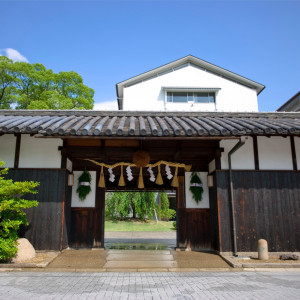Niida follows the principle of "Shizenshu" (自然酒), which translates to "natural sake." This means that only natural ingredients are used in the production of their sake.
The Kimoto and Yamahai methods are traditional sake production methods used to prepare a starter mash.
Traditional Japanese distillate which can be enjoyed as aperitif, for pairing with food and as digestif. You can enjoy cold, warm or in cocktails.
The J.S.A. Sake Diploma is carried out by our partner company Sake & Shochu Acadamy Europe.
More information at: www.sake-academy.eu
More information at: www.sake-academy.eu
At UENO GOURMET, we are proud to exclusively present premium sake. Therefore, we generally recommend that you enjoy our sake chilled. However there are certain occasions to enjoy some of our bottlings warm. Here we will explore some of the guidelines for warming sake together.
"We want to produce sake that is always enjoyed." - The 13th generation Kuramoto, Koichi Saura.
-Infuse every drop of sake with the spirit of craftsmanship
Imayo Tsukasa was founded 1767 in Nuttori, a town of the Niigata prefecture. About 200 years ago, Niigata was a very prosperous port city with extensive trade with Hokkaido (north of Japan)...
“In the silence of the night, I can hear the mash better and feel its condition.” − Daisuke Kinoshita, production manager and vice-president.
The brewery was founded in 1892 in Tendo city of Yamagata. Situated in the Yamagata Basin and surrounded by high mountains, Tendo city can be very hot (+35 ℃) in summer and harsh in winter with more than one meter of snow.











